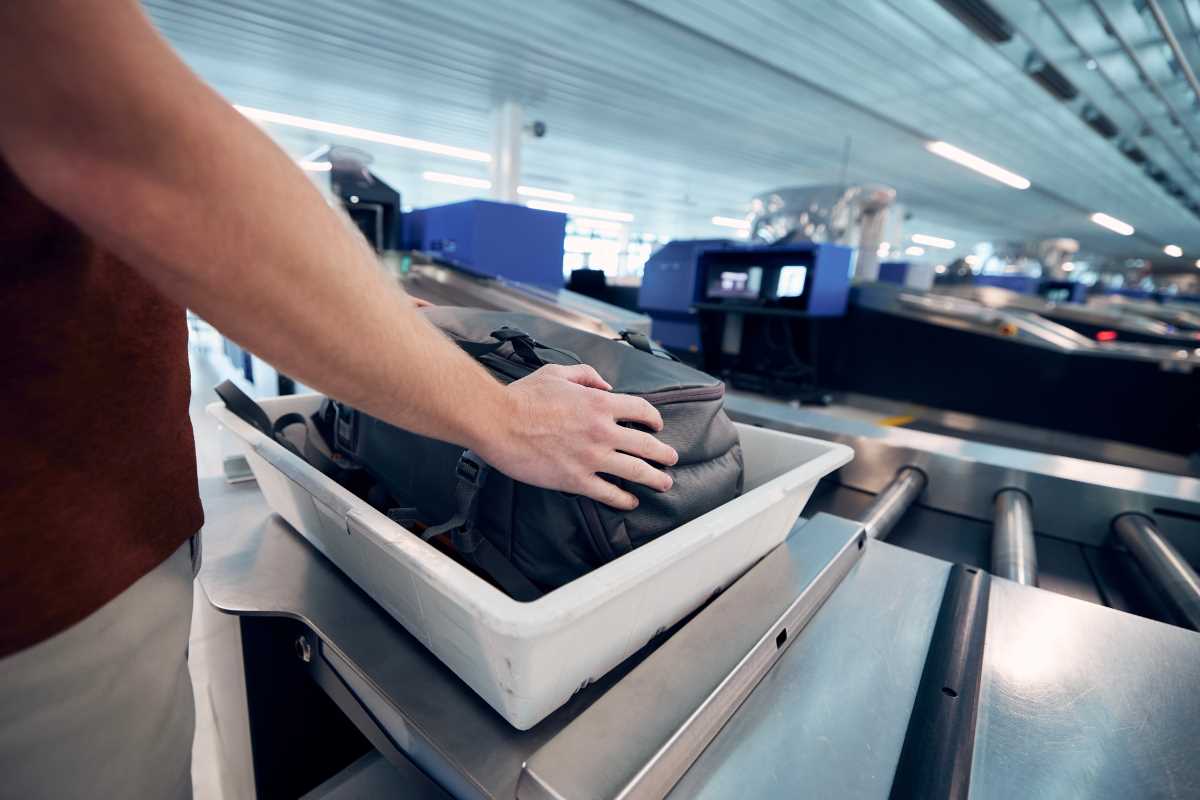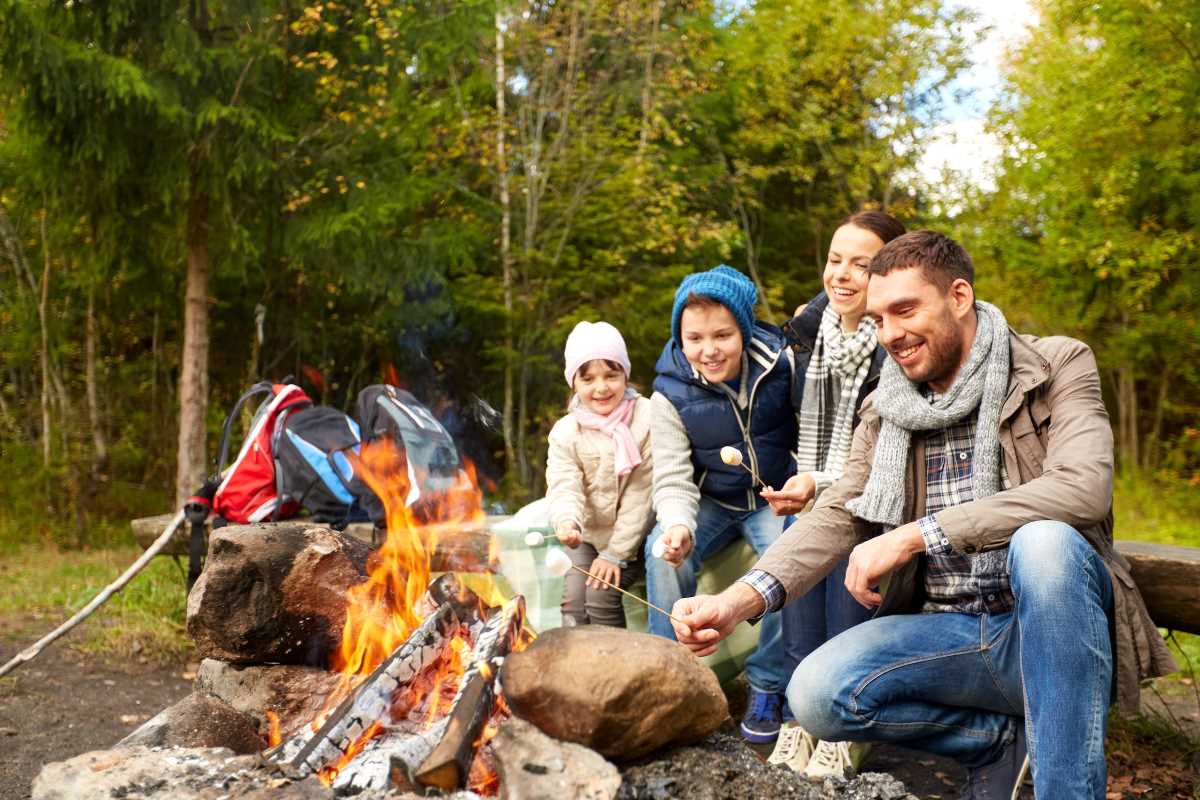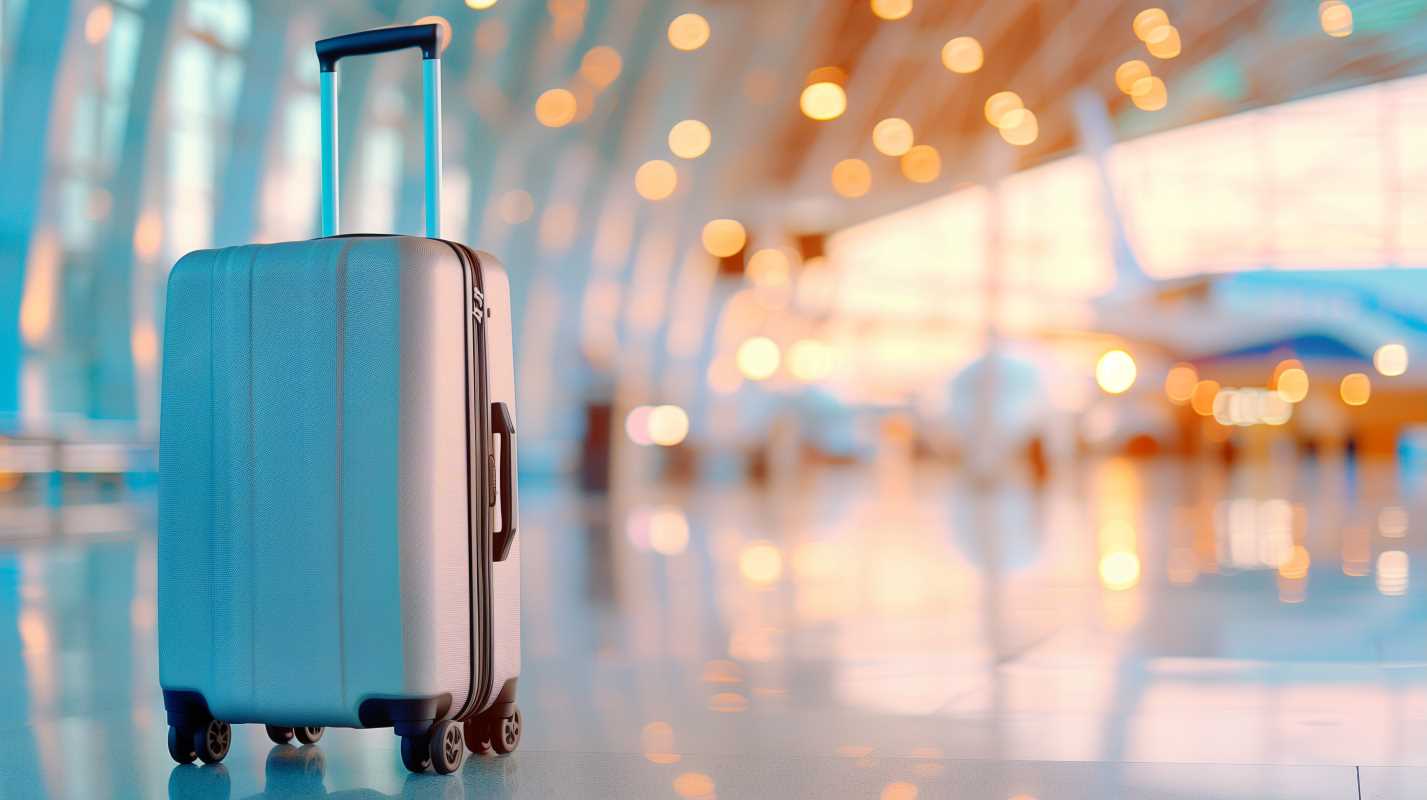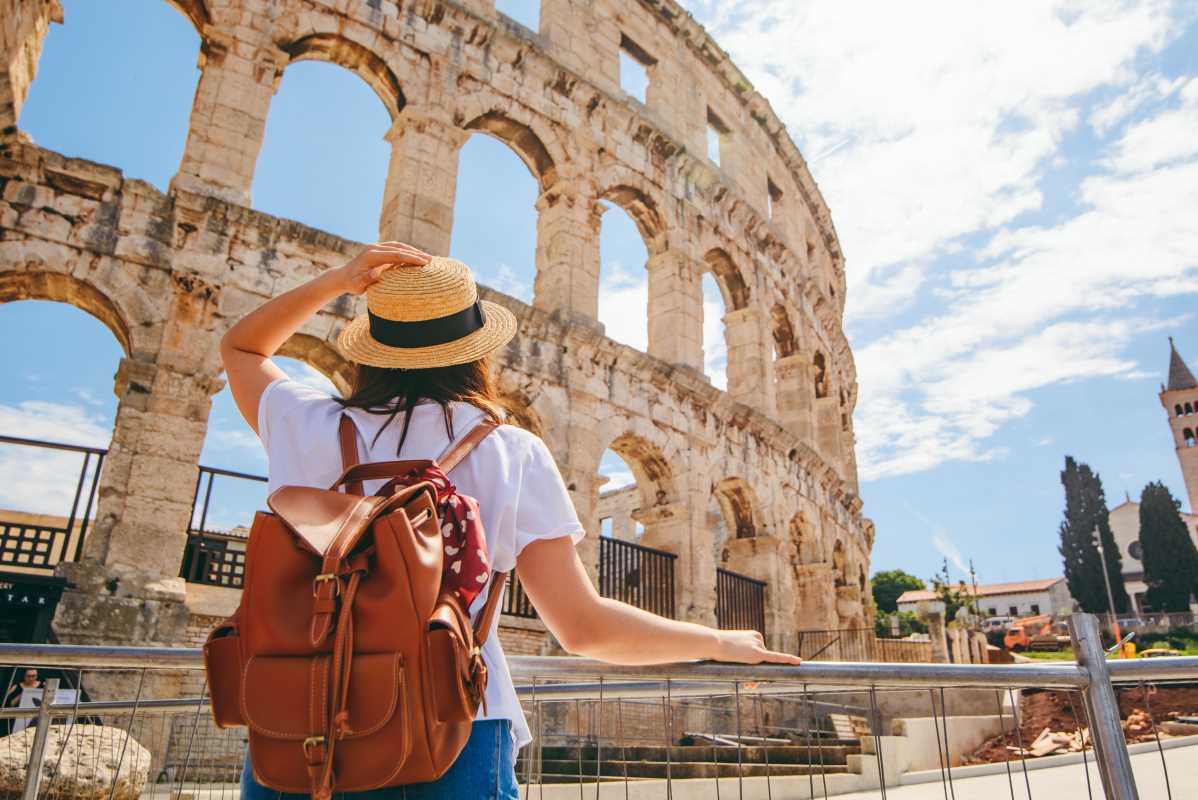Solo female travel has exploded in popularity over the past decade, with millions of women choosing to explore the world on their own terms. This growing trend represents more than just a shift in travel patterns—it reflects women's increasing confidence, financial independence, and desire for authentic, self-directed experiences. Whether you're planning a weekend city break, a months-long backpacking adventure, or a solo business trip, traveling alone as a woman offers unparalleled freedom to discover new places at your own pace and connect with local cultures in meaningful ways. However, this independence comes with unique safety considerations that require thoughtful planning and awareness. The key to successful solo female travel isn't avoiding adventure or living in fear—it's about being prepared, staying alert, and making informed decisions that prioritize your safety while maximizing your experiences. With the right knowledge, tools, and mindset, solo female travel can be both incredibly rewarding and remarkably safe.
Research Your Destination Thoroughly
Knowledge is your most powerful tool when traveling solo. Before booking your trip, spend time researching not just the tourist attractions, but the practical realities of your destination. Look beyond glossy travel brochures to understand local customs, cultural norms, and any specific challenges women might face.
Government travel advisories provide valuable insights into current political situations, crime rates, and health concerns. The U.S. State Department's travel advisories, along with similar resources from other countries, offer up-to-date information about safety conditions and local laws that might affect female travelers.
Connect with other solo female travelers through online communities like Facebook groups, Reddit forums, and specialized travel websites. These platforms offer firsthand accounts of recent experiences, practical tips about specific destinations, and warnings about areas or situations to avoid.
Understanding local dress codes and cultural expectations can help you blend in and show respect for local customs. In some destinations, covering your shoulders or legs isn't just about modesty—it's about avoiding unwanted attention and staying safe. Research appropriate clothing for religious sites, business meetings, and casual exploration.
Learn basic phrases in the local language, especially those related to safety and emergencies. Knowing how to say "help," "no," "leave me alone," and "call the police" can be crucial in difficult situations. Language learning apps make it easy to master essential phrases before you travel.
Choose Accommodations Wisely
Your choice of accommodation significantly impacts your safety and overall travel experience. Look beyond price and location to consider factors that specifically matter for solo female travelers.
Read reviews from other solo female travelers, paying attention to comments about safety, staff helpfulness, and neighborhood security. Look for mentions of well-lit entrances, secure locks, and responsive management. Reviews often contain valuable details about late-night safety and the general atmosphere of the property.
Consider staying in female-only dorms at hostels or choosing women-focused accommodation options when available. Many hostels now offer female-only floors or sections, providing additional security and comfort for solo women travelers.
Request rooms on higher floors when possible, as they're generally more secure and offer better escape routes in emergencies. Avoid ground floor rooms, especially those with direct access to parking areas or isolated sections of the property.
Verify that your accommodation has 24-hour front desk service or security personnel. Having staff available around the clock provides an additional layer of safety and assistance when needed, especially if you're arriving late or need help during nighttime hours.
Stay Connected and Share Your Itinerary
Maintaining communication with trusted contacts back home is essential for solo travel safety. Create a communication plan that keeps others informed of your whereabouts without becoming burdensome or restrictive.
Share detailed itineraries with family or friends, including accommodation addresses, planned activities, and transportation arrangements. Update this information as your plans change, and establish regular check-in schedules that work for both you and your contacts.
Use location-sharing features on smartphones to allow trusted contacts to track your general location. Apps like Find My Friends, Google Maps location sharing, or WhatsApp live location can provide peace of mind for both you and your loved ones.
Carry backup communication devices and keep emergency contact information in multiple locations. Consider purchasing a local SIM card or international roaming plan to ensure reliable communication. Keep physical copies of important phone numbers in case your phone is lost or stolen.
Register with your embassy or consulate when traveling internationally. Many countries offer registration services that help officials locate and assist citizens in emergencies. This simple step can be invaluable if natural disasters, political unrest, or other crises occur.
Trust Your Instincts and Stay Alert
Your intuition is one of your best safety tools. Women often have strong instincts about potentially dangerous situations, and solo travel requires trusting and acting on these feelings without second-guessing yourself.
Pay attention to your surroundings and the people around you. Notice who's following the same route, watching you repeatedly, or making you feel uncomfortable. If someone or something doesn't feel right, remove yourself from the situation immediately.
Avoid appearing lost or confused in public, as this can make you a target for scams or harassment. If you need directions or information, duck into a shop, restaurant, or hotel lobby rather than standing on the street looking at maps or your phone.
Learn to project confidence even when you don't feel it. Walk with purpose, make eye contact, and speak clearly when interacting with others. Confident body language often deters potential troublemakers who typically target people who appear vulnerable or uncertain.
Be cautious with alcohol consumption, especially when dining or socializing alone. Limit your intake, never leave drinks unattended, and avoid accepting drinks from strangers. Alcohol can impair your judgment and reaction time when you need them most.
Use Technology to Enhance Safety
Modern technology offers numerous tools to help solo female travelers stay safe and connected. Take advantage of these resources to add layers of security to your adventures.
Download offline maps before exploring new areas, as GPS and internet connectivity can be unreliable. Apps like Maps.me or Google Maps offline features ensure you can navigate even without cell service. Having backup navigation prevents you from getting lost in unfamiliar areas.
Use ride-sharing apps instead of flagging down random taxis when possible. Services like Uber and Lyft provide driver information, route tracking, and payment security that traditional taxis often lack. These apps also create digital records of your transportation.
Install personal safety apps that can quickly alert contacts or authorities in emergencies. Apps like bSafe, SkyAlert, or Watch Over Me offer features like fake phone calls to help you escape uncomfortable situations, automatic alerts if you don't check in on schedule, and one-touch emergency notifications.
Consider carrying portable safety devices like personal alarms, whistle keychains, or even pepper spray where legally permitted. While these shouldn't be your primary safety strategy, they can provide additional options in threatening situations.
Navigate Transportation Safely
Getting from place to place safely requires different strategies depending on your destination and chosen transportation methods. Each mode of transport presents unique considerations for solo female travelers.
Research public transportation options and safety records before relying on buses, trains, or subways. Learn which routes are safest, what times to avoid traveling, and how to purchase tickets in advance to avoid lingering in potentially unsafe areas.
When using taxis or ride-shares, verify the driver's identity and vehicle information before getting in. Take photos of license plates, share trip details with contacts, and sit behind the driver when possible. Trust your instincts if something feels wrong about the driver or vehicle.
Book transportation in advance when possible, especially for airport transfers or late-night travel. Pre-arranged transportation reduces the need to negotiate with strangers or figure out options when you're tired or stressed.
Keep important documents secure but accessible during travel. Use money belts, hidden pockets, or secure bags to protect passports, cash, and credit cards while keeping copies stored separately in case of loss or theft.
 (Image via
(Image via





